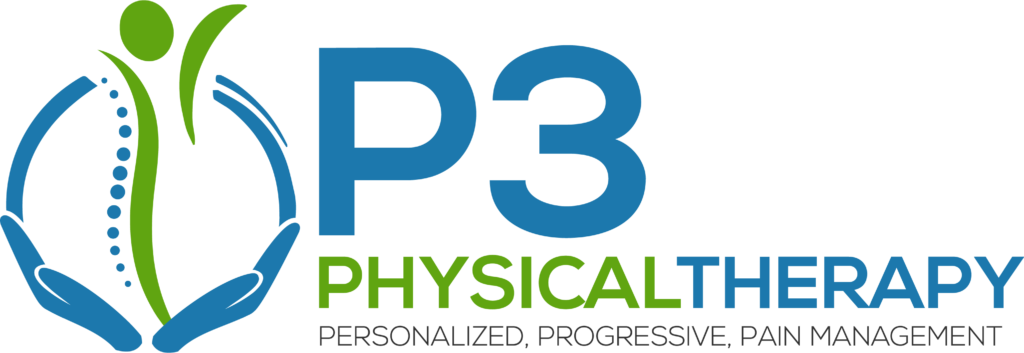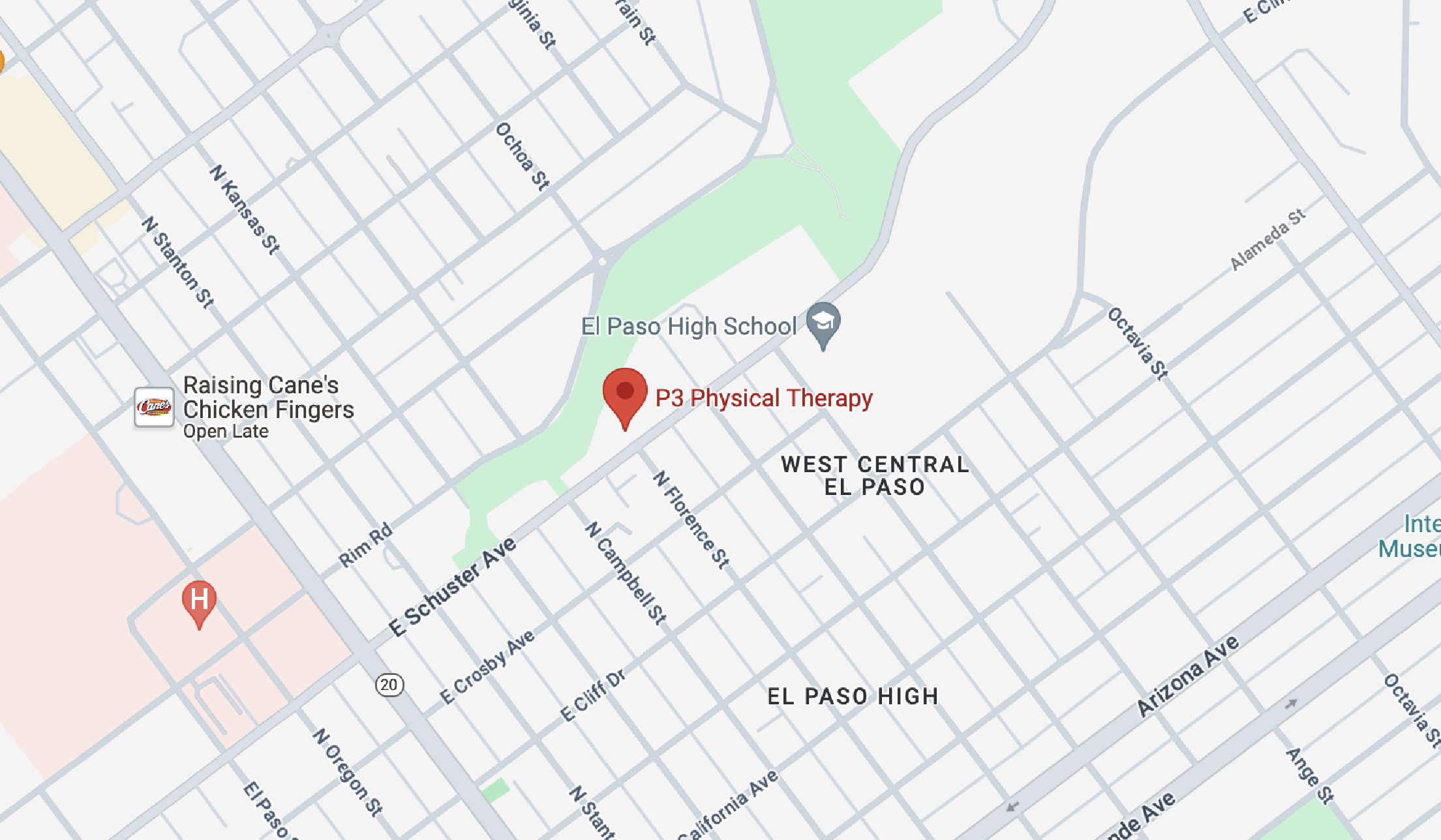Pain can be a debilitating condition, but there are ways to keep it under control. Learn about different pain management options
Whether your pain is from arthritis, cancer treatments, fibromyalgia, or an old injury, you need to find a way to get your pain under control. What’s the best approach to do that?
There are a number of first steps in pain management . Firstly, one may schedule an appointment with a doctor to determine the cause of your pain. Secondly, often times, one may set up an evaluation with a Dr. of Physical Therapy (or physical therapist) to identify the pain. Furthermore, a physical therapist will often know which pain management approach is the most effective for it. Furthermore, a physical therapist may reach out to your doctor with evaluation notes. Often times, it is easier to book an appointment with a Dr. of physical therapy than one with a primary care physician. There are many different pain management approaches. You can decide the right combination to begin the journey towards relief.
Before you try to treat pain, it’s important to understand how pain is defined.

“The International Association for the Study of Pain came up with a consensus statement,” says Judith Scheman, PhD, program director of the Chronic Pain Rehabilitation Program at the Cleveland Clinic in Ohio. “Pain is an unpleasant sensory and emotional experience. I think that’s extraordinarily important. When we focus only on the sensory aspect, we fail to appreciate the suffering component of the pain, which is important to recognize because pain is not what occurs at the periphery.
Why Do People Experience Pain Differently?
Pain is real and it’s physical — there’s no mistaking that. But pain is measured and specific to one person based on that person’s perception of the pain, and that’s why everyone’s pain is different.
“What the brain perceives is indisputably modifiable by emotions,” notes Scheman. That means that people who are fearful of pain, depressed, or anxious may experience pain differently, and perhaps more severely, than someone who has pain but isn’t experiencing those other emotions.
Pain Management: Treating Mind and Body
Scheman stresses the importance of approaching pain both physically and emotionally and addressing “people as entire human beings.” So while chronic pain medication can be effective and important for pain management for many people, it isn’t the only tool available when it comes to pain treatment, and it shouldn’t be the only tool that’s used.
Medications.
“There are a lot of medications that are prescribed for pain,” says Scheman, although she notes that opioids (narcotics) and benzodiazepines may not be the best options. Those treatments “have their own problems, and there are no good studies on using opioids for long periods of time for the treatment of chronic pain.”
Types of chronic pain medication used include:
- NSAIDs (non-steroidal anti-inflammatory drugs), including ibuprofen, naproxen, and aspirin
- Acetaminophen (Tylenol)
- Antidepressants, which can improve sleep and alleviate pain
- Anti-seizure medications, which can be effective in treating pain related to nerve damage or injury
- Steroids, like dexamethasone and prednisone, to alleviate inflammation and pain
Therapy. The mind and body benefit rom therapy.”I try to look at any of these therapies as not being purely physical or purely psychological — we are always a mixture of both of those things.”
- Physical therapy is often the most important part of any pain management program. Pain can increase by doing incorrect exercise. Also, over using a muscle can result in pain. Often times, overusing the body is interpreted as part of the original problem. Our Dr. of physical therapy will build the right exercise program unique to you. Exercise slowly builds your muscle strength, tolerance and reduces your pain. You won’t end up overdoing it and giving up because it hurts.
- Cognitive-behavioral therapy allows people to “learn and have a better understanding of what the pain is from, and what they can do about it.
More Options For Pain Management :
Multiple approaches and modalities can help you reduce both the physical and emotional components of pain:
- TENS (transcutaneous electrical nerve stimulation) therapy
- Heat and cold therapy
- Manipulation and Massage
- Meditation
- Relaxation techniques
- Visual imagery (the process of imagining relaxing settings).
- Biofeedback, which teaches control over muscle tension, temperature, heart rate and more
Lastly, seek help for your pain as soon as you identify it. Pain ignored often is a symptom. Therefore, when pain begins to affect your ability to function it’s a problem that needs to be addressed.



